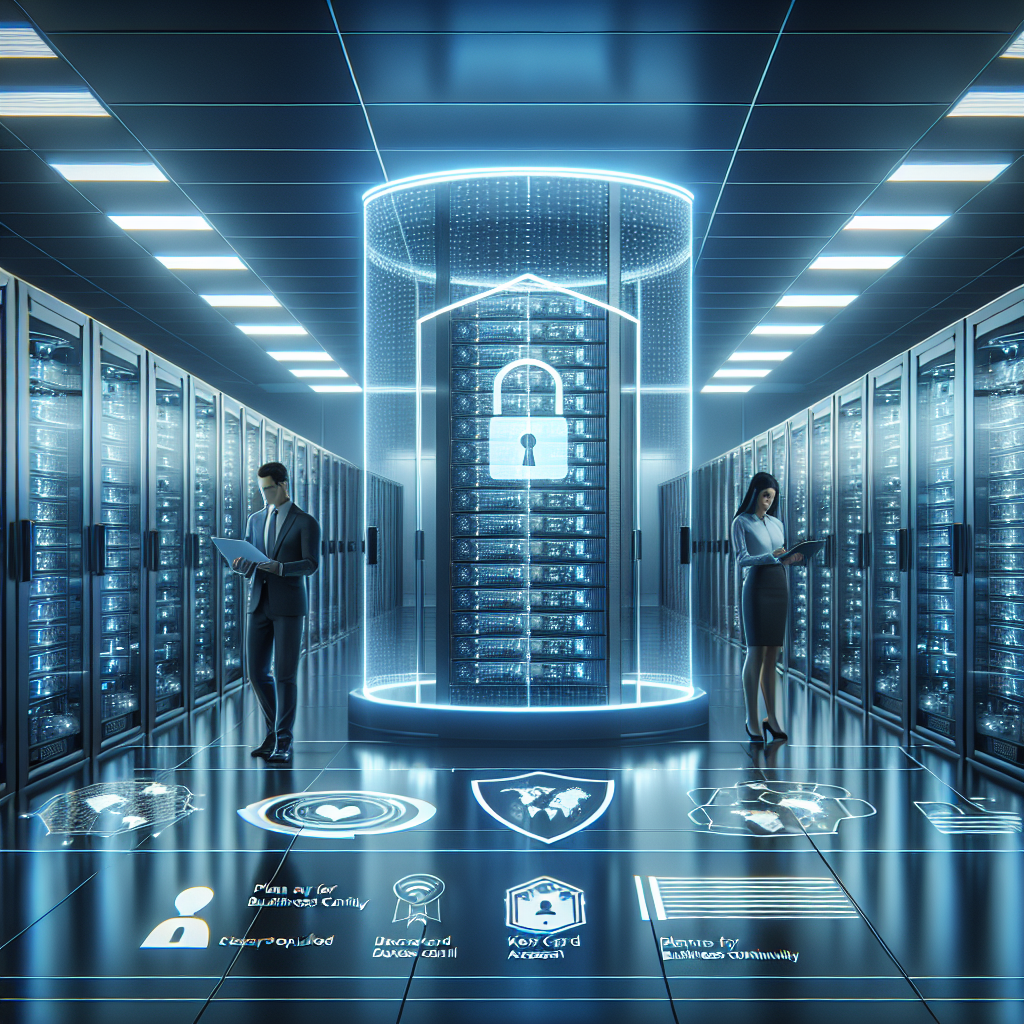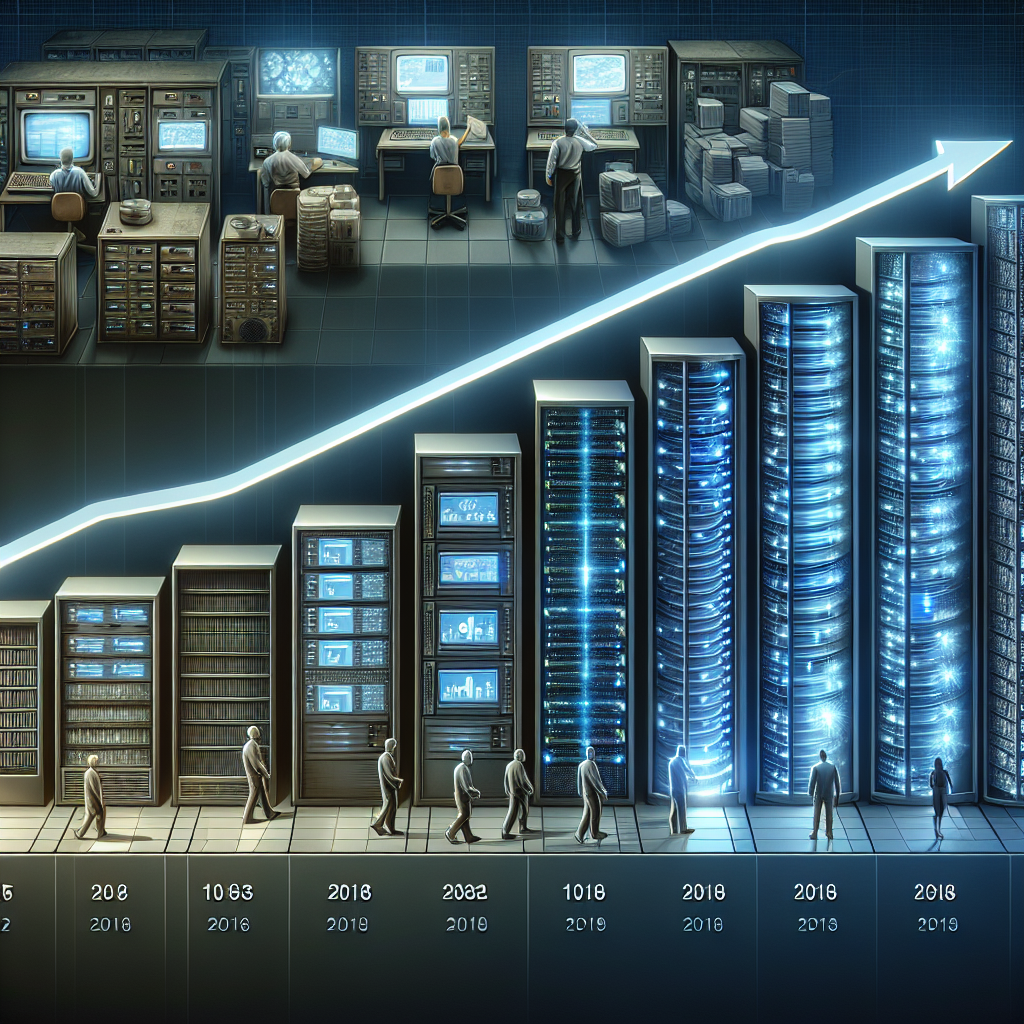In today’s digital age, data centers play a critical role in the operation of businesses of all sizes. These facilities house and manage the vast amounts of data that companies rely on to operate efficiently and effectively. As such, protecting data centers and ensuring business continuity in the event of a disaster is essential for the success of any organization.
There are many potential threats to data centers, including natural disasters, cyber attacks, power outages, and human error. While it may be impossible to eliminate all risks entirely, there are strategies that businesses can implement to mitigate these threats and maintain business continuity.
One of the most important steps in protecting a data center is to conduct a thorough risk assessment. This involves identifying potential threats and vulnerabilities, evaluating the likelihood and impact of these risks, and developing a plan to address them. By understanding the risks that data centers face, businesses can implement targeted strategies to protect their critical infrastructure.
Physical security is another critical component of data center protection. This includes implementing access controls, surveillance systems, and security protocols to prevent unauthorized access to sensitive data. By restricting access to only authorized personnel and monitoring the facility for any suspicious activity, businesses can reduce the risk of security breaches.
In addition to physical security, businesses should also implement robust cybersecurity measures to protect their data centers from cyber attacks. This includes regularly updating software and systems, implementing firewalls and encryption, and conducting regular security audits to identify and address any vulnerabilities. By staying vigilant and proactive in their approach to cybersecurity, businesses can reduce the risk of data breaches and maintain the integrity of their data center.
Another important strategy for protecting data centers is to implement redundancy and backup systems. This involves creating copies of critical data and storing them in multiple locations to ensure that data can be quickly restored in the event of a disaster. By implementing redundant systems and backup protocols, businesses can minimize downtime and maintain business continuity even in the face of unexpected events.
Finally, businesses should also develop a comprehensive disaster recovery plan to guide their response in the event of a data center outage. This plan should outline the steps that need to be taken to restore operations, including contacting key personnel, assessing the extent of the damage, and initiating recovery procedures. By having a clear and well-defined disaster recovery plan in place, businesses can minimize the impact of a data center outage and ensure that critical operations can resume as quickly as possible.
In conclusion, protecting data centers and maintaining business continuity is essential for the success of any organization. By implementing strategies such as conducting risk assessments, implementing physical and cybersecurity measures, implementing redundancy and backup systems, and developing a comprehensive disaster recovery plan, businesses can reduce the risk of data breaches and downtime and ensure that their critical operations can continue to run smoothly. By staying proactive and vigilant in their approach to data center protection, businesses can safeguard their valuable data and maintain business continuity in the face of any threat.










